Uncover Effective Sun Damage Treatment Solutions
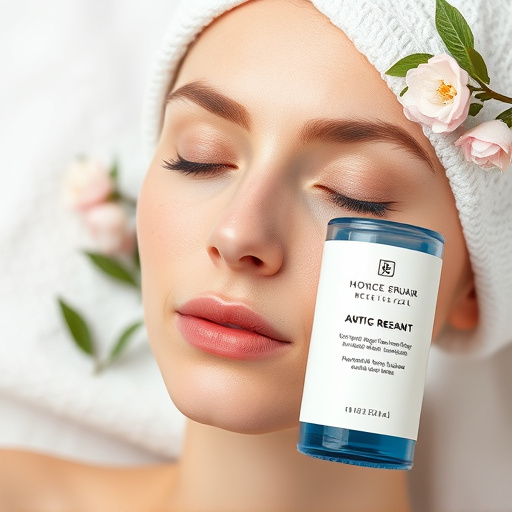
Sun damage presents in various forms like hyperpigmentation, photoaging, sunburn, and long-term issu…….
Sun damage treatment has emerged as a critical aspect of modern dermatology, addressing the growing concern of skin damage caused by prolonged sun exposure. This article aims to explore the multifaceted world of sun damage treatment, offering an in-depth analysis of its various components, global impact, economic implications, technological innovations, and future prospects. By delving into these aspects, we will provide readers with a comprehensive understanding of this essential field and its role in protecting skin health worldwide.
Definition: Sun damage treatment refers to a range of interventions and strategies aimed at minimizing and reversing the adverse effects of ultraviolet (UV) radiation on the skin. This includes preventing further damage, reducing existing signs of aging, and treating various forms of cutaneous disorders caused by sun exposure.
Core Components:
Sun Protection: The cornerstone of sun damage treatment is promoting sun safety habits. This involves encouraging the use of sunscreen with broad-spectrum protection, protective clothing, hats, and sunglasses to block or absorb UV radiation.
Skin Restoration: Treatments focus on repairing and rejuvenating sun-damaged skin. Techniques such as chemical peels, laser therapy, microdermabrasion, and topical medications are employed to stimulate collagen production, improve skin texture, and reduce pigmentation disparities.
Prevention and Education: Educating the public about the risks of UV exposure and promoting sun-safe behaviors is vital. This includes raising awareness about the dangers of tanning beds, seasonal variations in UV radiation, and the importance of regular skin checks for early detection of skin cancers.
Historical Context: The understanding and treatment of sun damage have evolved significantly over time. Historically, the benefits of sunlight were celebrated for their therapeutic effects on various ailments. However, scientific advancements in dermatology during the 20th century led to a paradigm shift, recognizing UV radiation as a significant cause of skin aging and cancer. This realization sparked the development of modern sun damage treatment strategies.
Sun damage treatment has gained universal recognition due to its critical role in preventing skin cancers and maintaining overall skin health. The global impact is evident through several key trends:
Increasing Awareness: There has been a notable rise in public awareness campaigns promoting sun safety, particularly in regions with high UV exposure like Australia, North America, and parts of Europe. These efforts have led to improved behavioral changes and a decrease in sunburn rates.
Market Expansion: The global suncare market, which includes sunscreens, skincare treatments, and protective apparel, has experienced substantial growth. According to a 2021 report by Grand View Research, the market size was valued at USD 174.5 billion in 2020 and is projected to grow at a CAGR of 6.2% from 2021 to 2028. This expansion reflects the increasing demand for effective sun damage prevention and treatment solutions.
Regional Disparities: While global awareness is rising, there are still significant disparities in access to sun damage treatment across regions. Low- and middle-income countries often face challenges in implementing robust public health campaigns and ensuring affordable access to essential treatments.
The economic aspects of sun damage treatment are multifaceted, influencing both healthcare systems and individual consumers.
Market Dynamics: The suncare market is highly competitive, with numerous brands offering a wide range of products. This competition drives innovation, but it also presents challenges in terms of product regulation and ensuring effective ingredients. Companies invest heavily in research and development to create advanced formulations that offer superior protection and treatment benefits.
Investment Patterns: Private equity firms and venture capitalists have shown interest in dermatology startups, particularly those focused on sun damage prevention and treatment. This investment trend reflects the market’s potential for growth and the unmet needs in this domain.
Cost-Effectiveness: Effective sun damage treatment can be costly, especially for advanced procedures like laser therapy. However, studies have demonstrated that early intervention and preventive measures can lead to long-term cost savings by reducing the need for more extensive treatments and surgeries related to skin cancer.
Technological innovations have revolutionized sun damage treatment, offering improved efficacy and enhanced user experiences:
| Technology | Description | Impact | Future Potential |
|---|---|---|---|
| Nanotechnology Sunscreens | These advanced sunscreens incorporate nanoparticles to provide broader-spectrum protection. They offer improved stability, better penetration into the skin, and reduced white cast, enhancing user acceptance. | Increased consumer demand for effective, invisible sun protection. | Further development could lead to personalized, smart sunscreens that adapt to UV exposure levels. |
| Laser Therapy | Laser treatments, such as Fraxel and CO2 lasers, are used for skin resurfacing and reducing fine lines and wrinkles caused by sun damage. | High patient satisfaction rates due to visible improvements in skin texture and tone. | Future advancements may include non-invasive laser procedures, making these treatments more accessible. |
| Skin Analysis Apps | Mobile applications utilize AI algorithms to analyze images of the skin and provide personalized sun protection recommendations. | Provides convenient, on-the-go guidance for sun safety practices. | Continuous development can lead to more accurate assessments and integrated UV monitoring systems. |
| 3D Skin Modeling | Advanced 3D printing technology creates realistic skin models for research and product testing. | Enables scientists to study the effects of UV radiation on skin at a deeper level, accelerating product development. | Could facilitate personalized medicine approaches, tailoring treatments to individual skin types. |
Government policies and regulatory frameworks play a crucial role in shaping sun damage treatment practices:
Product Regulation: Authorities like the FDA (U.S.) and similar bodies worldwide regulate sunscreen formulations, ensuring their safety and efficacy. Labeling requirements mandate SPF (Sun Protection Factor) values, broad-spectrum protection, and other critical factors.
Public Health Campaigns: Many governments invest in public awareness campaigns, such as the Skin Cancer Foundation’s efforts, to educate citizens about sun safety. These initiatives are essential for promoting behavioral changes and reducing UV-related health risks.
Healthcare Access: Policies related to healthcare accessibility impact sun damage treatment availability, especially in rural or underserved areas. Ensuring equitable access to dermatological services is a global challenge that requires targeted interventions.
Despite the progress made in sun damage treatment, several challenges and criticisms persist:
Inconsistent Sun Protection Practices: While awareness has grown, many individuals still do not follow recommended sun safety guidelines consistently. Factors like time constraints, outdoor activities, and cultural norms influence adherence to sun protection measures.
Cost and Accessibility: Advanced treatments, such as laser procedures, can be expensive, limiting accessibility for lower-income populations. Addressing this disparity requires innovative financing models and insurance coverage for dermatological services.
Misinformation and Skincare Industry: The abundance of skincare products in the market can lead to consumer confusion and the spread of misinformation. Regulating product claims and ensuring transparency is essential to protect consumers from ineffective or misleading treatments.
Solutions and Strategies:
Education and Awareness Campaigns: Continuous public education initiatives, particularly targeting younger demographics, can foster lifelong sun-safe behaviors. Incorporating sun safety into school curricula can empower individuals to make informed choices.
Policy Advocacy: Advocating for policies that prioritize sun damage prevention and treatment accessibility can lead to systemic changes. This includes lobbying for insurance coverage of dermatological procedures and pushing for stricter regulations on harmful skincare products.
Innovative Pricing Models: Offering affordable access to sun damage treatments through subscription services, community health programs, or value-based care models can improve accessibility.
Australia’s SunSmart initiative is a renowned success story in sun damage prevention. Launched in the 1980s, it implemented comprehensive strategies, including educational campaigns, public service announcements, and broad-spectrum sunscreen use recommendations. The program’s success is evident in the decline of skin cancer rates, particularly in young adults. This case demonstrates the power of integrated public health approaches to sun damage treatment.
A growing trend in sun damage treatment involves using laser therapy to reduce post-acne scars. A study published in the Journal of Clinical and Aesthetic Dermatology (2018) reported significant improvements in scar appearance after Fractional Laser Therapy. This case highlights the effectiveness of advanced technologies in addressing sun-related skin issues, offering patients improved cosmetic outcomes.
Community initiatives focused on early skin cancer detection have shown promising results. For instance, a program in rural Canada utilized volunteer health workers to conduct skin exams and educate community members about sun safety. This approach increased awareness and led to earlier interventions, improving patient outcomes (Canadian Medical Association Journal, 2019). Such programs demonstrate the potential for community engagement in sun damage treatment.
The future of sun damage treatment holds immense potential with several emerging trends:
Personalized Medicine: Advancements in genomics and skin biology research will enable personalized sun damage prevention and treatment plans tailored to individual genetic predispositions and skin types.
Digital Skin Monitoring: Wearable devices and mobile apps will play a more significant role in monitoring UV exposure, providing real-time data for users to make informed decisions. This technology can also facilitate remote consultations with dermatologists.
Advanced Regenerative Medicine: Innovations in regenerative medicine, such as stem cell therapies, may offer novel approaches to skin repair and regeneration, addressing severe sun damage and scars.
Global Collaboration: Addressing the global burden of sun damage requires international collaboration. Sharing best practices, research findings, and resources can lead to more effective strategies and improved access worldwide.
Sun damage treatment has evolved from a niche concern to a critical aspect of public health and dermatology. This article has explored the various facets of this essential field, highlighting its historical context, global impact, economic considerations, technological advancements, policy implications, challenges, and successful case studies. As we look ahead, the future of sun damage treatment promises exciting possibilities through innovation, personalization, and global collaboration.
Q: How can I protect my skin from sun damage during outdoor activities?
A: To safeguard your skin during outdoor activities, follow these steps: wear protective clothing, including a wide-brimmed hat and UV-blocking sunglasses; apply broad-spectrum sunscreen with an SPF of 30 or higher; reapply every two hours or after swimming or sweating; seek shade during peak sun hours (10 am – 4 pm); and consider using a portable UV monitor to track exposure levels.
Q: Are all tanning beds harmful?
A: Yes, all tanning beds expose the skin to harmful UV radiation, increasing the risk of skin cancer and premature aging. The American Academy of Dermatology (AAD) strongly advises against indoor tanning. If you desire a tanned appearance, consider using self-tanning products or temporary sunless tanners.
Q: Can sunscreen be used on babies?
A: For infants under six months old, it is recommended to keep them out of direct sunlight and dress them in protective clothing. If exposure is unavoidable, consult a pediatrician for advice on safe sunscreen options suitable for babies’ sensitive skin.
Q: How often should I get my skin checked for cancer?
A: It is generally advised to perform self-examinations monthly and schedule professional skin checks annually or more frequently if you have a higher risk of skin cancer due to family history, excessive sun exposure, or previous skin cancers. Early detection significantly improves treatment outcomes.
Q: Are there any natural remedies for sun damage?
A: While some natural products claim to reverse sun damage, scientific evidence supporting their efficacy is limited. However, certain antioxidants found in foods like berries and green tea may offer some protection when consumed regularly. Topical aloe vera gel can provide temporary cooling relief but does not treat underlying damage. The best approach remains protective measures and professional treatments.

Sun damage presents in various forms like hyperpigmentation, photoaging, sunburn, and long-term issu…….
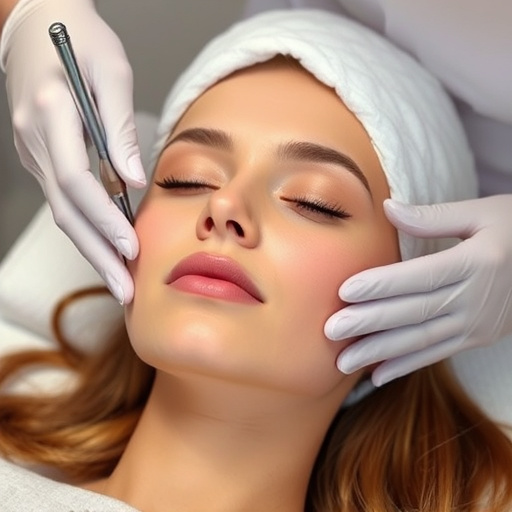
Sun damage, caused by UV exposure, leads to skin texture and color changes over time due to outdoor…….
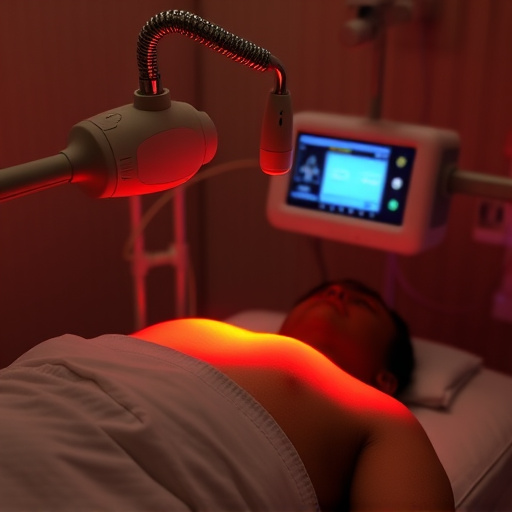
Sun damage, caused by UV radiation, accelerates skin aging and increases cancer risk. OTC products,…….
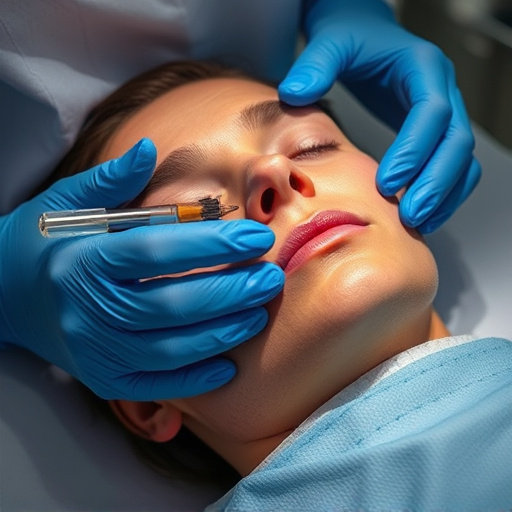
Prolonged sun exposure causes severe skin damage, including cancer, aging, and texture changes that…….
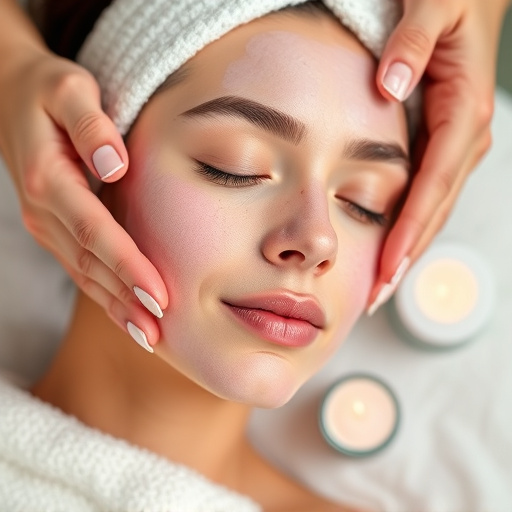
Sun damage treatment involves preventing further harm with daily SPF and specialized procedures like…….
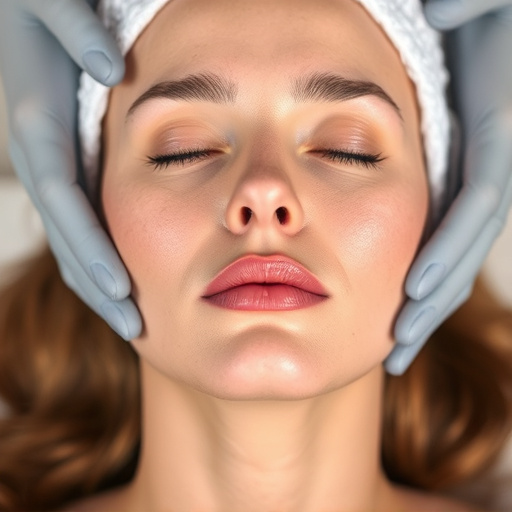
Sun damage treatment involves recognizing symptoms like wrinkles and age spots, taking protective me…….
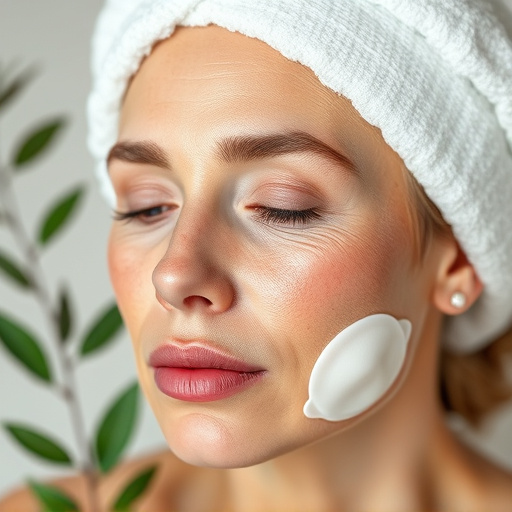
Sun damage treatment varies based on skin type: oily needs lightweight products, dry benefits from h…….

Antioxidants are vital for sun damage treatment, neutralizing free radicals caused by UV radiation t…….

Sun damage, caused by UV exposure, leads to short-term issues like sunburn and fine lines, and long-…….